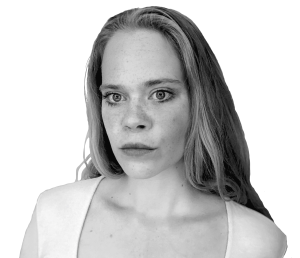meet Ascha
I’m a macroeconomist with more than a decade of experience at UN agencies, building intelligence on the multifaceted concepts and impacts of sustainable, inclusive development. Longing to build tools for bottom-up, citizens-fuelled impact, I took the plunge two years ago and went all in on Wild Streets.
I live just north of Copenhagen with my partner, our daughter, and a stubborn little sausage dog.
where I’m from
I’m the most comfortable when I get to work cross-dimensional on topics and tasks. Reflecting back on my time in banking and at the Danish Chamber of Commerce, I realize that I have always liked drawing the big picture. I love shaping connections between people, ideas, and technology. Reaching people is at the core of it all – making complex topics graspable through storytelling and smart visualization. I’m a multi-hyphen at heart, and Wild Streets ticks all boxes. It’s an incredible platform addressing a myriad of urban issues and applicable to so many professions and sectors.
what makes me tick
– walking! Everywhere I can. I love exploring new places on foot, preferably accompanied by my dog. It was during my long walks around London that I realized how unequal the distribution and access to urban nature are. This is when the concept of Wild Streets started taking shape.
– the apple doesn’t fall far from the tree: my 3-year-old daughter adores nature and animals. So visits to the seaside, local forests, green markets, and farms are fixtures in our life.
– I’m a novice winter bather. At the moment, you’ll see me run quickly towards the sauna!
– I’m curious about art in all formats and fiddle with ceramics when time permits.
favourite pipeline idea
There’re so many exciting ideas on the table! On the engagement side, I’m really keen on exploring action-based ‘triggers’ such as animated characters popping up in kids-mode, digital art appearing in public places, and inviting influential personas to give short talks using green screen technology. On the planning side, I think the many possibilities for integrations with existing planning/environmental softwares will pave the way for a deep transformation of the urban greening process.
